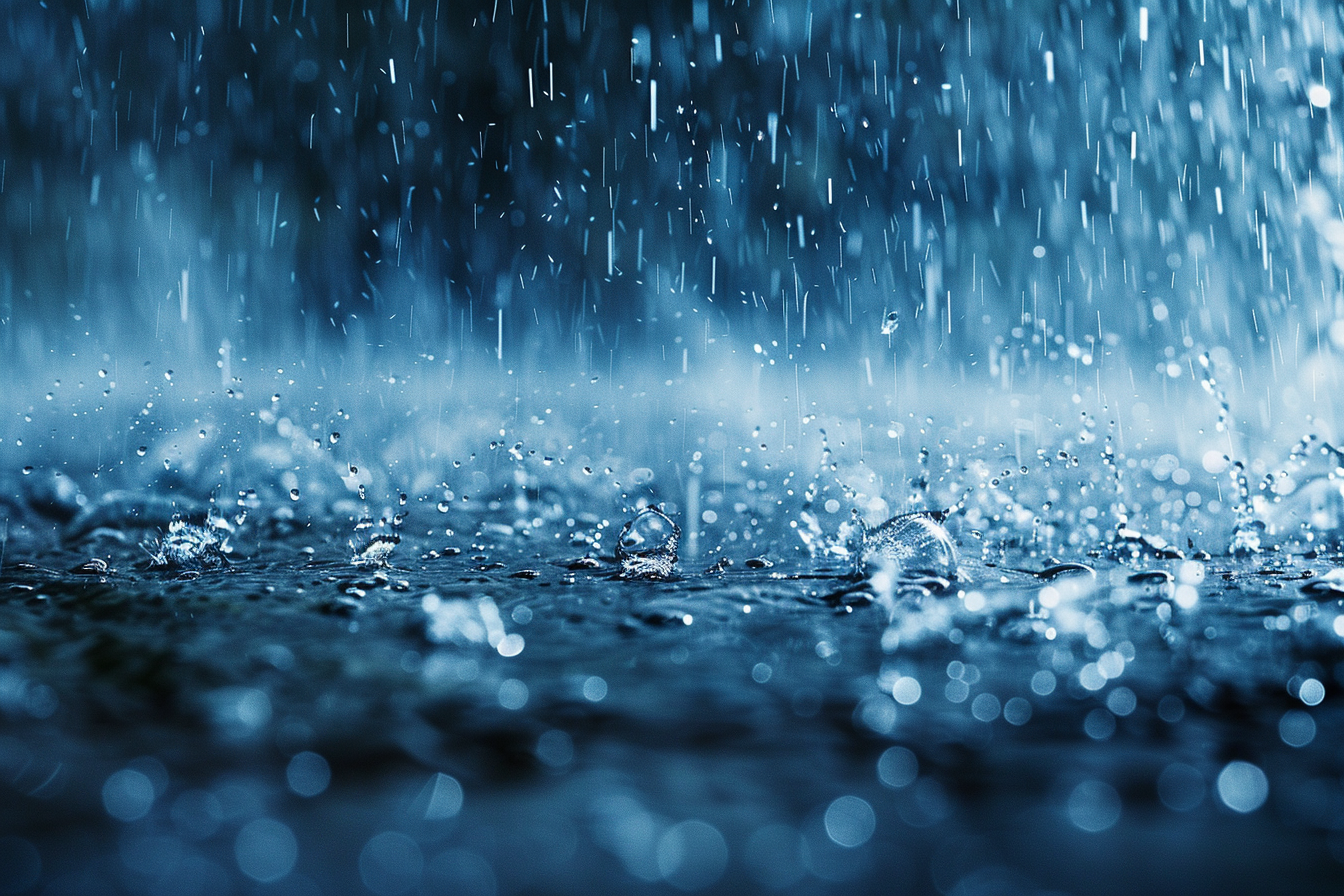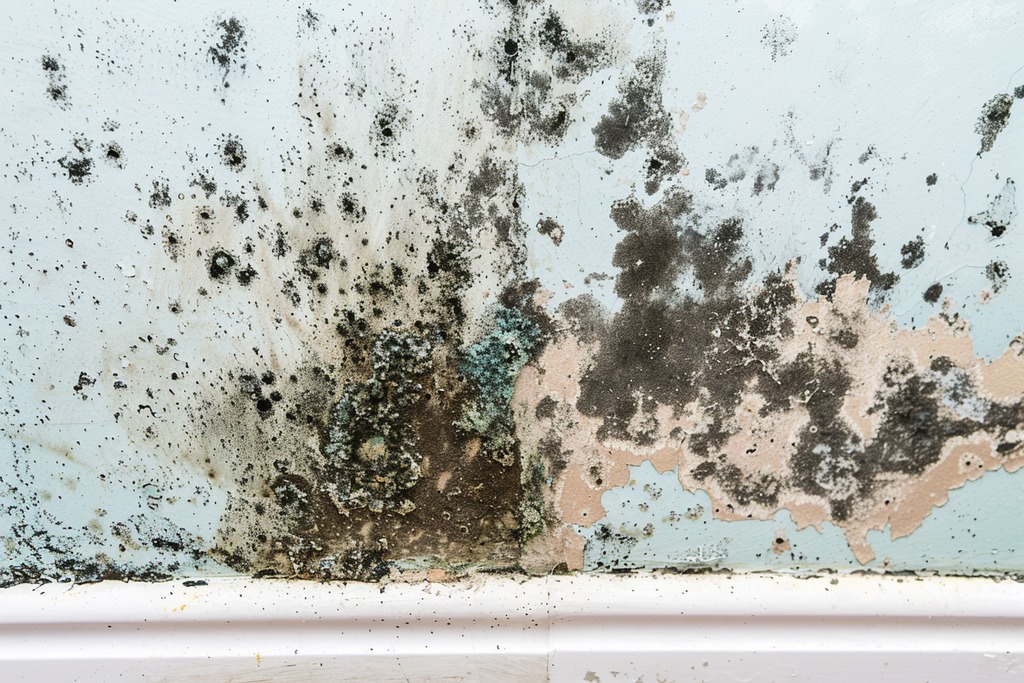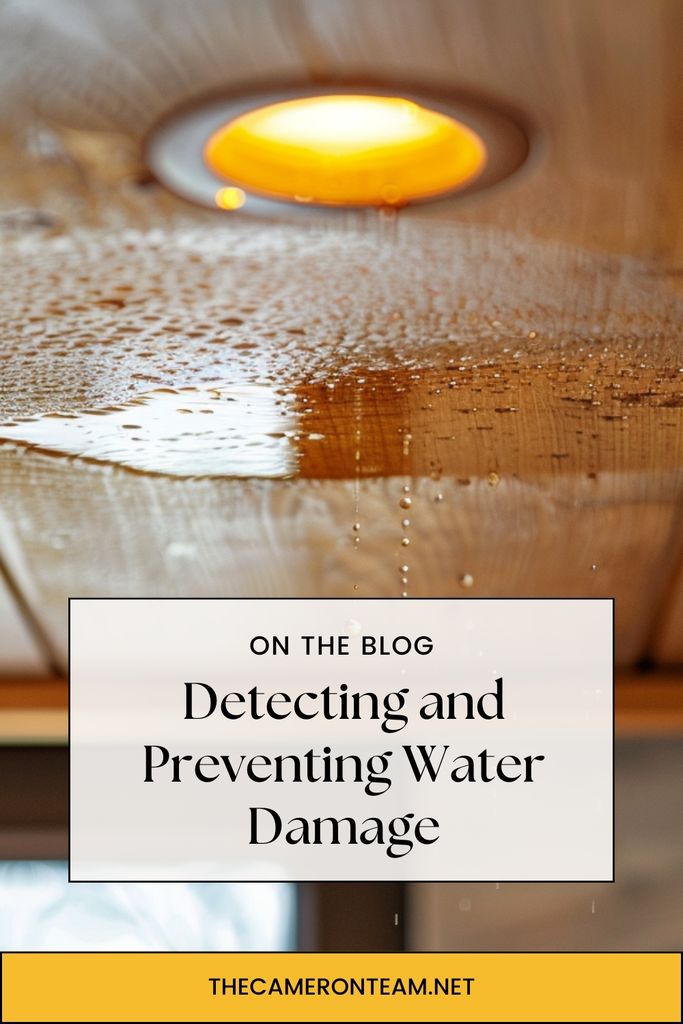In Southeastern North Carolina, the lush, coastal environment brings with it a unique set of challenges, particularly when it comes to managing water damage in homes. The combination of high humidity, seasonal heavy rains, and occasional hurricanes can create a perfect storm for potential damage if properties are not adequately protected. Recognizing the early signs of moisture issues and implementing effective preventive measures are critical to maintaining a safe, dry, and healthy home environment.
The Landscape of Water Damage in Southeastern North Carolina
Given the region’s humid subtropical climate, homeowners here face distinct risks that demand specific attention. While basements are often common sites for moisture issues in many parts of the country, homes in Southeastern North Carolina must instead focus on other vulnerable areas due to typical building styles and environmental conditions.
Key Vulnerable Areas
- Roof and Gutters: These are crucial for defending your home against water intrusion. Regular inspections can identify potential problems like missing shingles or clogged gutters before they lead to bigger issues and yearly maintenance can help prevent further issues.
- Windows and Doors: These should be checked for aging seals and cracks which might allow water to seep through, causing damage over time.
- Siding and Exterior Walls: It’s important to ensure that your home’s siding is intact and that all exterior wall joints are properly sealed to prevent water from penetrating the structure.
- Plumbing: Hidden leaks in plumbing can quickly lead to significant water damage. Regular monitoring of under-sink areas, bathrooms, and any exposed piping can help catch leaks early.
- HVAC Systems: Particularly in a humid area like Southeastern North Carolina, HVAC systems can produce a lot of condensation. This should be properly channeled outside to prevent moisture buildup.
- Attics and Crawl Spaces: These areas can become moisture-laden from both external leaks and internal condensation. Proper insulation and ventilation are key to preventing moisture accumulation and the resulting damage.
Early Detection Strategies
Spotting the early signs of water damage is vital for preventing costly repairs. Here are some indicators that Southeastern North Carolina homeowners should be aware of:
- Staining: Unusual stains on ceilings or walls, especially under plumbing fixtures or on the ceiling directly below an upper bathroom, can be a sign of water issues.
- Odors: A musty smell often indicates the presence of mold or mildew, suggesting excessive moisture within the home.
- Texture Changes: If you notice that floors, walls, or other surfaces start to warp, buckle, or swell, this could indicate moisture intrusion.
- Visible Mold: Any sign of mold growth should be taken seriously as it can point to more significant water-related issues.
- Humidity Levels: An increase in indoor humidity or condensation on windows can also suggest moisture problems.
Proactive Prevention Measures
Taking proactive steps is essential to minimize the risk of water damage. Homeowners in Southeastern North Carolina can implement several effective strategies:
- Regular Home Inspections: Schedule semi-annual inspections to identify potential issues before they escalate into major problems.
- Maintain Gutters and Downspouts: Keeping these clear of debris will ensure water is properly diverted away from the home.
- Seal Windows and Doors: Regularly check and update the sealing around all openings to prevent water ingress.
- Improve Ventilation: Enhanced ventilation in attics, crawl spaces, and other prone areas can significantly reduce humidity levels and prevent condensation.
- Consider Landscaping: Proper yard grading can prevent water from pooling near the foundation.
- Use Dehumidifiers: Deumidifiers can be particularly helpful during the more humid months or in naturally damp areas of your home to control moisture levels.
Conclusion
Homeowners in Southeastern North Carolina can effectively manage and mitigate water damage by staying vigilant and taking proactive, preventative measures. Understanding the specific risks and maintaining your home can protect it from the potentially devastating impacts of water damage, ensuring it remains a safe, comfortable, and dry space for your family.
By integrating these practices into your regular home maintenance schedule, you can safeguard your property and enjoy peace of mind, knowing that your home is well-protected against the challenges posed by the local climate.







